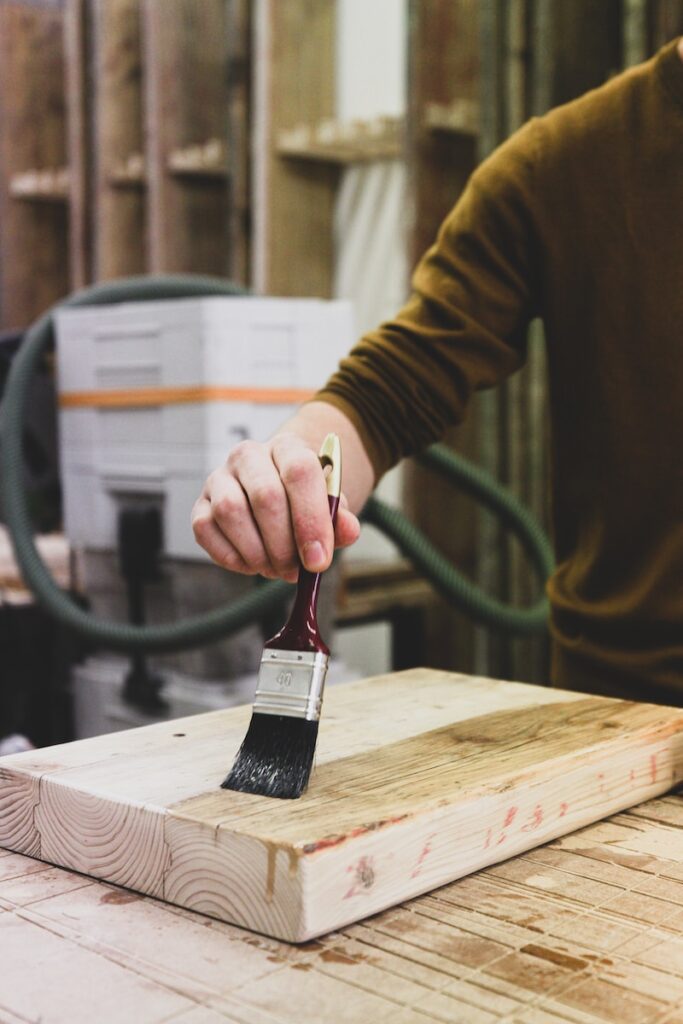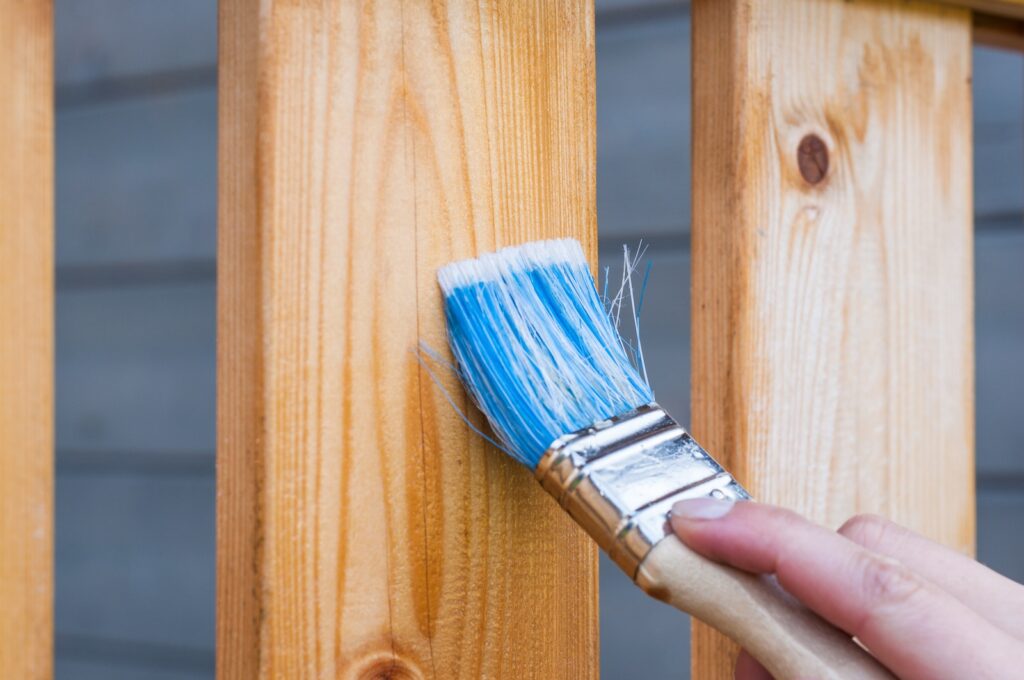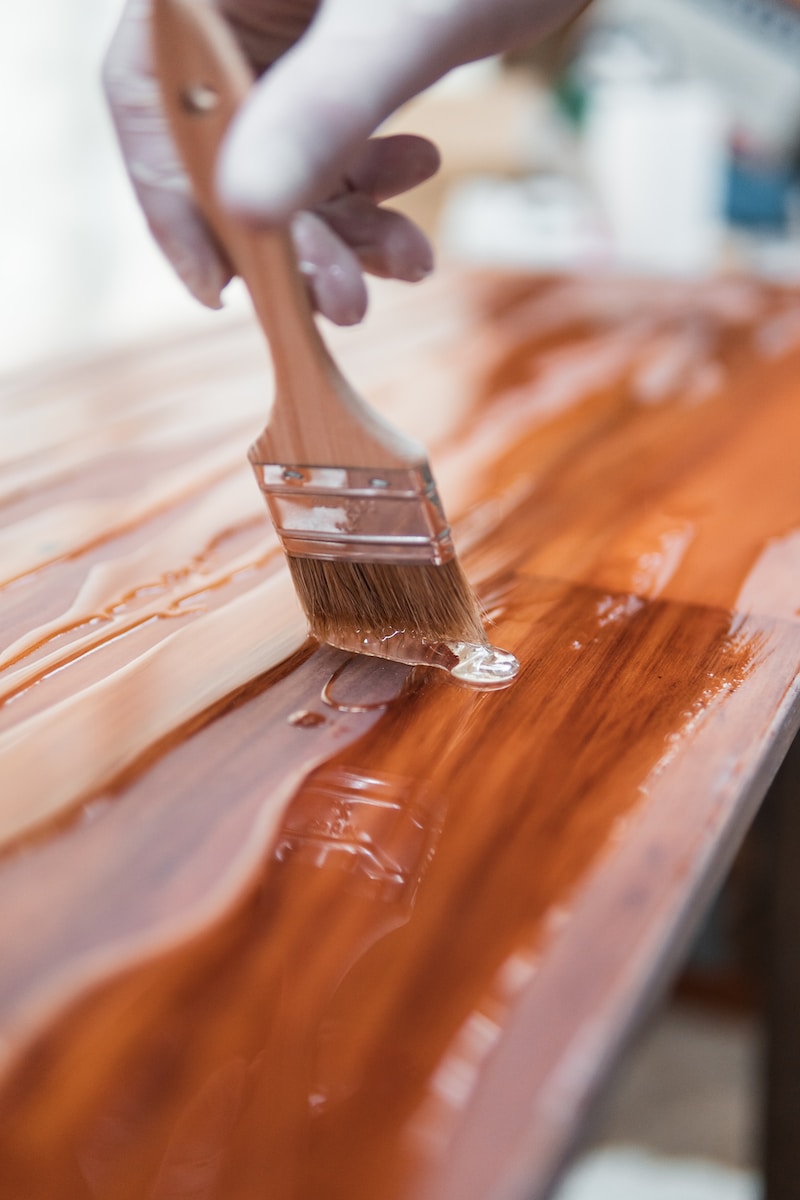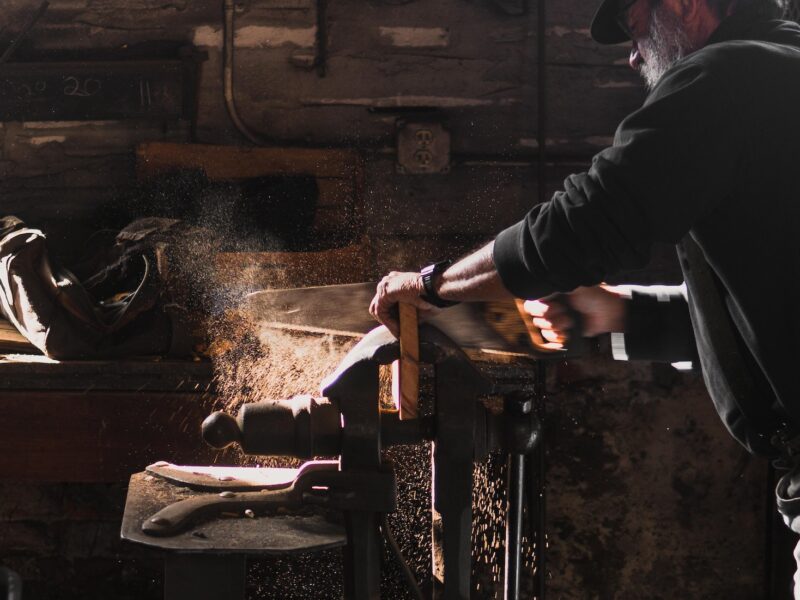Mastering Wood Finishes: A Comprehensive Guide to Types, Application, and Tips
Part 1: Introduction to Wood Finishes
Woodworking is an art form that combines creativity, craftsmanship, and a deep appreciation for the natural beauty of wood. One crucial aspect of any woodworking project is the final finish applied to the wood surface. A well-chosen finish not only protects the wood but also enhances its aesthetics, bringing out the unique characteristics and grain patterns.
In this three-part series, we will delve into the world of wood finishes, exploring different types, their features, benefits, and how to apply them. While we won’t provide direct reviews, we’ll showcase some wood finishes available on Amazon, aiming to inform and inspire you on your woodworking journey.

- Understanding Wood Finishes:
Wood finishes serve multiple purposes beyond mere aesthetics. They provide protection against moisture, stains, and wear and tear, increasing the longevity of your woodworking projects. Additionally, finishes can enhance the natural beauty of the wood, deepening the color, and accentuating the grain patterns.
There is a wide range of wood finishes available, each with its unique characteristics and application techniques. Let’s take a closer look at some popular wood finishes and their notable features:
a) Danish Oil: Danish oil is a versatile finish that penetrates the wood, offering both color and protection. It enhances the natural grain and provides a low sheen, bringing warmth to the wood’s appearance. Danish oil is easy to apply and dries relatively quickly, making it an excellent choice for beginners. Moreover, it requires minimal maintenance, allowing the wood to age gracefully.
b) Polyurethane Varnish: Polyurethane varnish is a durable and protective finish that forms a hard, glossy coating on the wood surface. It offers excellent resistance against scratches, water, and heat, making it suitable for high-traffic areas or furniture pieces. Polyurethane varnish comes in different sheens, ranging from high gloss to satin, allowing you to choose the desired level of shine for your project.
c) Shellac: Shellac is a classic finish that has been used for centuries. It is made from the resin secreted by the lac bug and dissolved in alcohol. Shellac offers a warm, amber-toned appearance and is known for its excellent adhesion properties. It dries quickly and can be easily repaired or refreshed. Shellac is often used as a sealer or primer before applying other finishes.
d) Tung Oil: Tung oil is a popular choice for those seeking a natural and eco-friendly finish. It penetrates the wood, enhancing its color and grain while providing moderate protection. Tung oil creates a beautiful, hand-rubbed appearance, leaving the wood with a matte or satin finish. It requires multiple coats and proper curing time between applications but rewards the extra effort with a stunning result.
As you embark on your woodworking journey, the choice of wood finish will greatly impact the final outcome of your projects. Stay tuned for the upcoming parts of this series, where we will explore more wood finishes, their features, and delve into the application techniques. Discovering the right finish for your project can elevate your woodworking to new heights and bring out the inherent beauty of the wood.
Note: The purpose of this article is to provide general information about wood finishes and their features. The mention of specific wood finishes available on Amazon is for illustrative purposes and not a direct endorsement or review. Always research and consider your specific needs before making any purchasing decisions.
Part 2: Exploring Wood Finishes and Their Benefits
In Part 1, we discussed some popular wood finishes like Danish oil, polyurethane varnish, shellac, and tung oil. Now, let’s dive into a few more finishes, each offering its unique benefits and characteristics.
e) Lacquer: Lacquer is a fast-drying finish that provides a smooth, high-gloss appearance to wood surfaces. It forms a hard protective layer that resists moisture, chemicals, and scratches. Lacquer is available in spray cans, making it convenient to apply. It requires proper ventilation during application due to its solvent-based nature. Lacquer provides an excellent option for achieving a flawless, mirror-like finish on furniture and decorative pieces.
f) Wax: Wax finishes offer a natural, soft sheen to wood surfaces while providing moderate protection. They are easy to apply and maintain, making them suitable for smaller projects or items with intricate details. Wax can be applied as a standalone finish or as a topcoat over other finishes to enhance their appearance. It adds a warm, tactile feel to the wood and is often used on turnings, bowls, or carvings.
g) Water-Based Polyurethane: Water-based polyurethane is a popular choice for those seeking a low odor, low toxicity finish. It provides a clear, durable coating that dries relatively quickly. Water-based polyurethane offers excellent resistance against water, scratches, and yellowing. It is available in various sheens, allowing you to achieve the desired level of shine. This finish is commonly used on floors, furniture, and other woodworking projects.
h) Stain: Although not technically a finish, stains play a crucial role in altering the color and appearance of wood. They penetrate the wood fibers, enhancing the grain patterns and adding depth to the surface. Stains are available in a wide array of colors, from light tones to deep, rich hues. By using stains in combination with other finishes, you can achieve a customized look that complements your project’s design.
i) Oil-Based Varnish: Oil-based varnish provides a durable, long-lasting finish with a warm, amber hue. It offers excellent protection against wear and tear, making it suitable for high-use items such as tabletops or cabinetry. Oil-based varnishes take longer to dry compared to other finishes but provide a beautiful, traditional look that deepens over time.
By understanding the features and benefits of various wood finishes, you can make informed decisions about which ones best suit your woodworking projects. Experimenting with different finishes will allow you to discover your preferred techniques and achieve the desired results.
In the final part of this series, we will explore additional wood finishes and delve into practical tips for applying them. Stay tuned as we unravel the secrets of achieving professional-quality finishes that will elevate your woodworking creations to new heights!
Note: The purpose of this article is to provide general information about wood finishes and their features. The mention of specific wood finishes available on Amazon is for illustrative purposes and not a direct endorsement or review. Always research and consider your specific needs before making any purchasing decisions.

Part 3: Applying Wood Finishes Like a Pro
Welcome to the final part of our series on wood finishes. In the previous parts, we explored a range of finishes, including lacquer, wax, water-based polyurethane, stain, and oil-based varnish. Now, let’s delve into practical tips for applying these finishes to achieve professional-quality results.
- Surface Preparation: Before applying any finish, proper surface preparation is crucial. Ensure that the wood surface is clean, smooth, and free from dust or debris. Sand the wood with progressively finer grit sandpaper to achieve a smooth surface. Remove all sanding dust before proceeding with the finish.
- Application Techniques: Each wood finish may require a specific application technique. Here are some common methods:
- Brushing: Using a high-quality brush, apply the finish in long, even strokes, following the wood grain. This method is suitable for most finishes like Danish oil, polyurethane varnish, or water-based polyurethane.
- Wiping: For finishes like shellac or oil-based varnish, you can apply the finish with a clean cloth or rag, ensuring even coverage. Wiping allows you to control the amount of finish applied and achieve a smooth, hand-rubbed appearance.
- Spraying: Lacquer and some water-based finishes are commonly sprayed onto the wood surface using a spray gun or aerosol can. Spraying provides an even coat and a flawless finish, but it requires proper ventilation and skillful technique.
- Multiple Coats: Many wood finishes require multiple coats for optimal results. Follow the manufacturer’s instructions regarding the number of coats and drying time between applications. Applying thin, even coats allows the finish to penetrate the wood and build a protective layer gradually.
- Sanding Between Coats: For certain finishes, sanding between coats can help achieve a smoother finish. Use a fine-grit sandpaper to lightly sand the surface after each coat has dried. This step helps to remove any imperfections or brush marks, ensuring a professional-looking result.
- Curing and Finishing Touches: After the final coat has been applied, allow the finish to cure according to the manufacturer’s instructions. Curing time can vary depending on the type of finish. Once fully cured, you can further enhance the appearance by buffing the surface with a clean, soft cloth or applying a furniture wax for added shine and protection.
Remember, practice makes perfect when it comes to applying wood finishes. Don’t be discouraged if your first attempts don’t yield the desired results. With time and experience, you’ll develop your own techniques and achieve stunning finishes on your woodworking projects.
Now that you have a better understanding of different wood finishes and how to apply them, it’s time to unleash your creativity and embark on exciting woodworking endeavors. Remember to choose finishes that align with your project’s requirements and desired aesthetics, and enjoy the journey of transforming raw wood into stunning masterpieces.
Note: The purpose of this article is to provide general information about wood finishes and their features. The mention of specific wood finishes available on Amazon is for illustrative purposes and not a direct endorsement or review. Always research and consider your specific needs before making any purchasing decisions.




